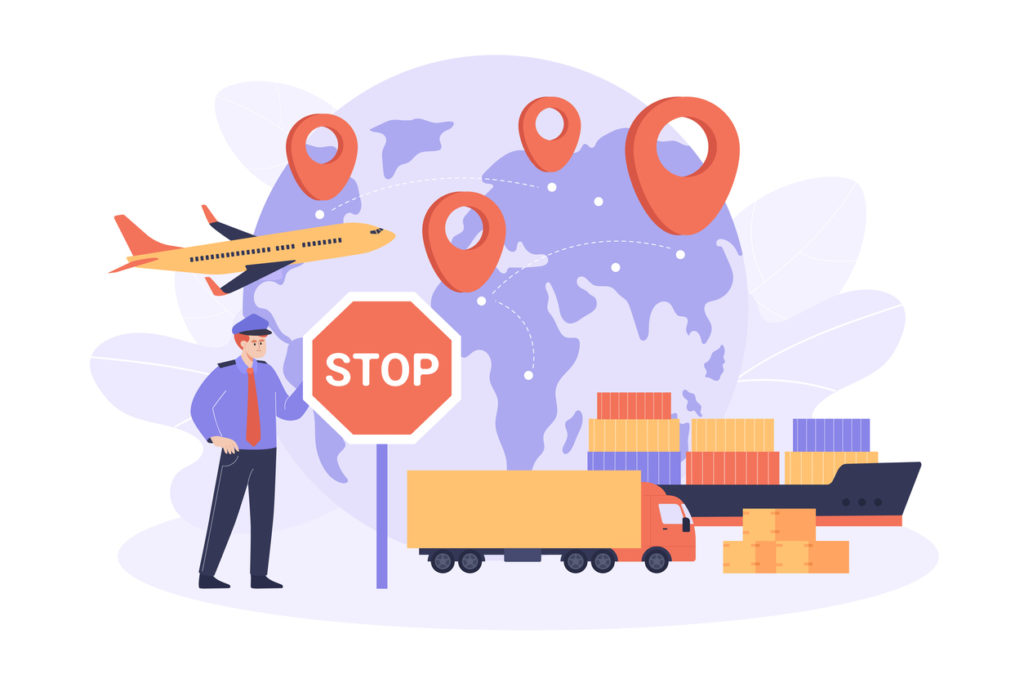Single-stage export procedure
The most important points in brief: A single-stage procedure is a procedure for the clearance of goods by means of an export or an export accompanying document. You can use the single-stage procedure for goods worth up to EUR 3,000. You can also clear the goods at the German border customs office. This means that you do not have to show / declare the goods in advance at the inland customs office at the sender’s location. If the value of the goods exceeds EUR 3,000, you must use the two-stage procedure. To the technical article: single-stage procedure.
In international trade, there are a large number of processes and procedures designed to ensure the smooth transportation of goods across national borders. One of these procedures, which is characterized by its simplicity and efficiency, is the single-stage export procedure. In this article, we will take a closer look at this procedure and work out what advantages it brings for exporters.
Definition of the one-stage export procedure
As the name suggests, the single-stage export procedure is a simplified procedure for the export of goods. In contrast to multi-stage procedures, in which the goods must first be presented to an inland customs office before they are brought to a border customs office, the entire process takes place directly at the border customs office in the single-stage procedure.
Advantages of the single-stage export procedure
- Time saving: Since only one customs office is involved, there are no time-consuming intermediate steps. This speeds up the entire export process considerably.
- Less bureaucracy: Without the need for several contact points, the administrative burden for the exporter is also reduced.
- Transparency: A single process point facilitates the overview and control of the entire export process.
Procedure of the one-stage export procedure
- Declaration at the border customs office: The exporter declares the goods directly at the responsible border customs office.
- Submission of the necessary documents: This usually includes the commercial invoice, the transportation document and the export declaration.
- Control and release: The customs office checks the documents submitted and the goods themselves. After successful inspection, the goods are released for export.
Who is the procedure suitable for?
The single-stage export procedure is particularly suitable for companies that export regularly and value a quick and uncomplicated process. This procedure can also be advantageous for companies located near a border, as they can go directly to the relevant border customs office.
Conclusion
The one-step export procedure is an effective means of simplifying and accelerating the export of goods. By bundling all the necessary steps in one place, not only the process itself but also the administrative burden for the exporter is considerably eased. This procedure is therefore a valuable option for companies that rely on a fast and uncomplicated export process.
Further links to the single-stage export procedure
What can we help you with?



